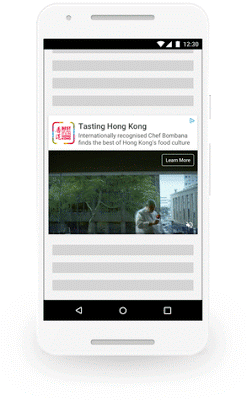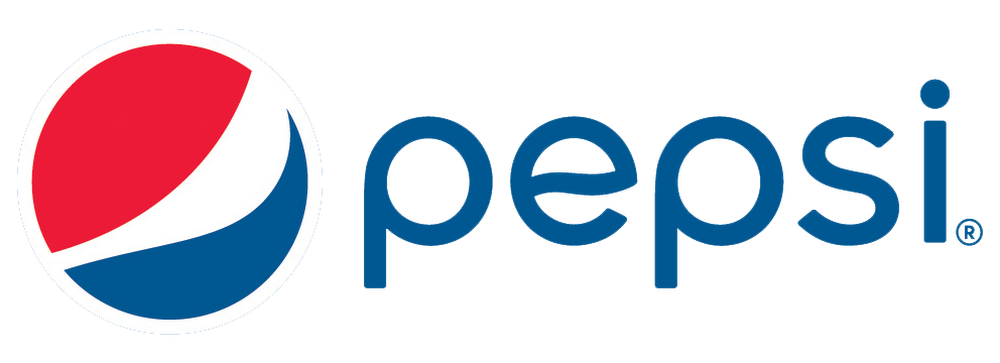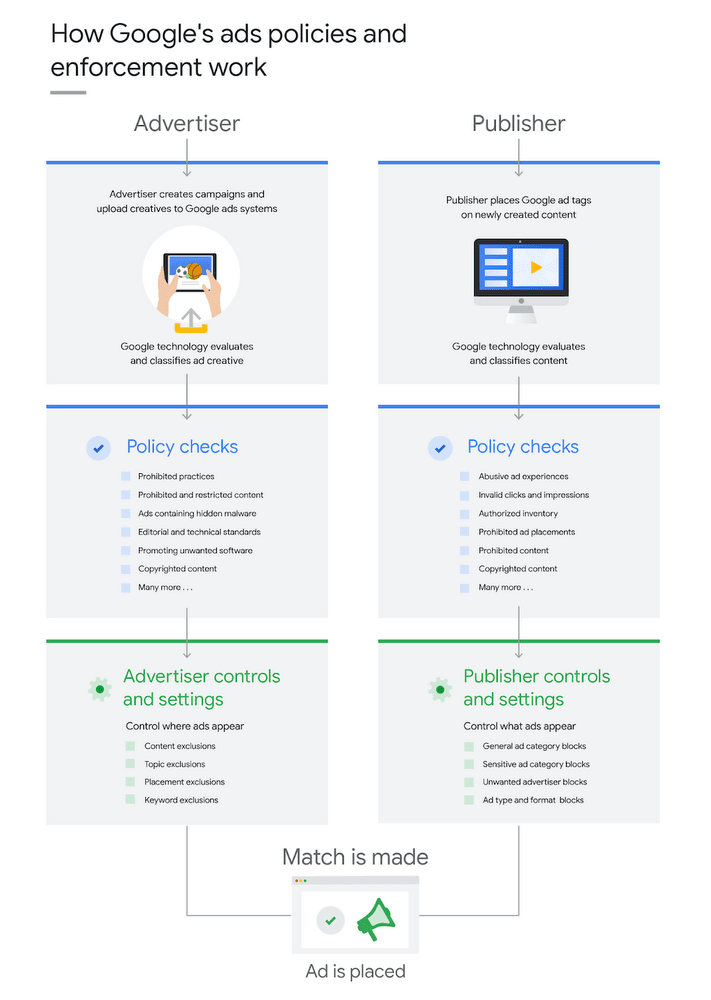Over the last year, we've been working on a way to extend the reach of your video campaigns to people beyond YouTube, especially as they spend more and more time interacting with apps and sites on their mobile devices. Starting today, you can use outstream video ads, a new format built exclusively for mobile environments, to reach more potential customers with your video creative.
Outstream ads drive incremental, cost-efficient and viewable reach beyond YouTube. Ads show on Google video partners, which are high-quality publisher websites and mobile apps where you can show video ads, including TrueView in-stream and Bumper ads. When outstream video ads come into view on a mobile screen, they begin to play with sound off. After that, a user can tap the ad to turn sound on and restart the video from the beginning, or simply keep scrolling.
In every context, an ad needs the opportunity to be seen in order to drive impact, which is why our outstream video ads are charged on viewable CPM. This means that every impression you pay for has been on screen and viewable (as measured by MRC standards). In addition to Active View and unique reach reporting, you can use brand interest lift to measure incremental interest in your brand or product as assessed by an increase in organic searches on Google.com or YouTube.
Outstream video ads complement our efficient reach solutions for YouTube: TrueView for reach and Bumper ads. Now, you can reach even more of your audience across the mobile web and apps with a video ad designed for the ways people read, play, swipe and scroll on mobile.

Advertisers like Hong Kong Tourism board are already using outstream video ads to increase awareness and cost-efficient reach. Tina Chao, General Manager, Marketing, says, "To build awareness for Hong Kong as a travel destination, the Hong Kong Tourism Board used outstream video ads to reach a broad set of potential travelers across Asia. Outstream video ads delivered strong results for our global brand campaign: 30% incremental reach with a 40% lower cost per completed video view and 85% lower CPM."
You can check out the AdWords Help Center for more info, and start including outstream video ads in your campaigns with brand awareness and reach goals.




